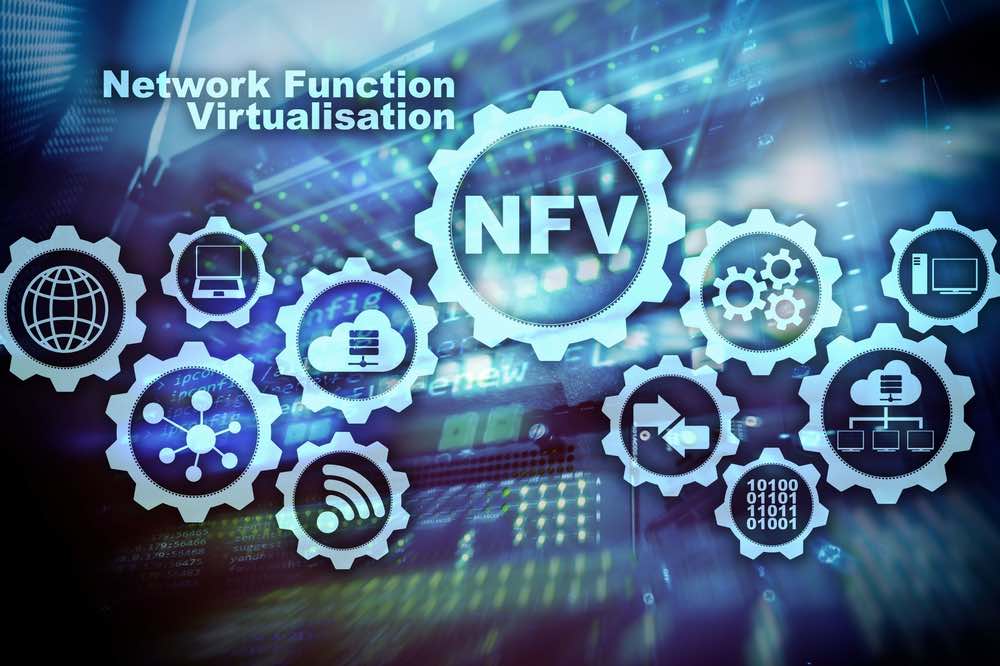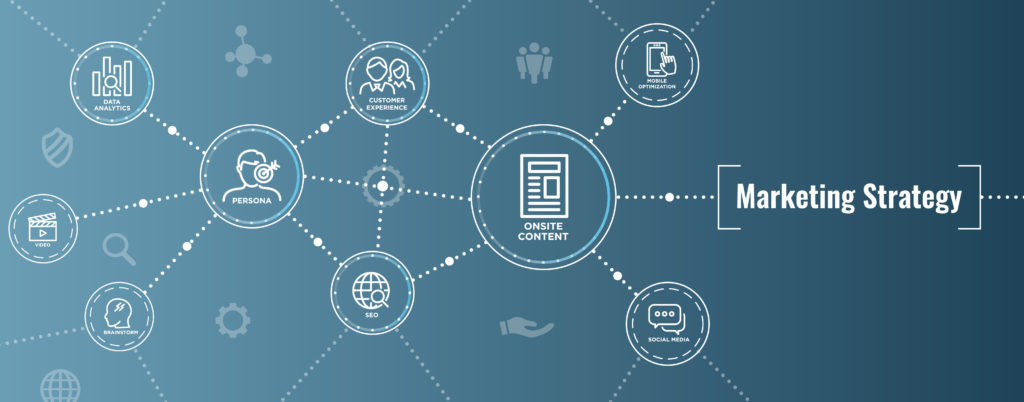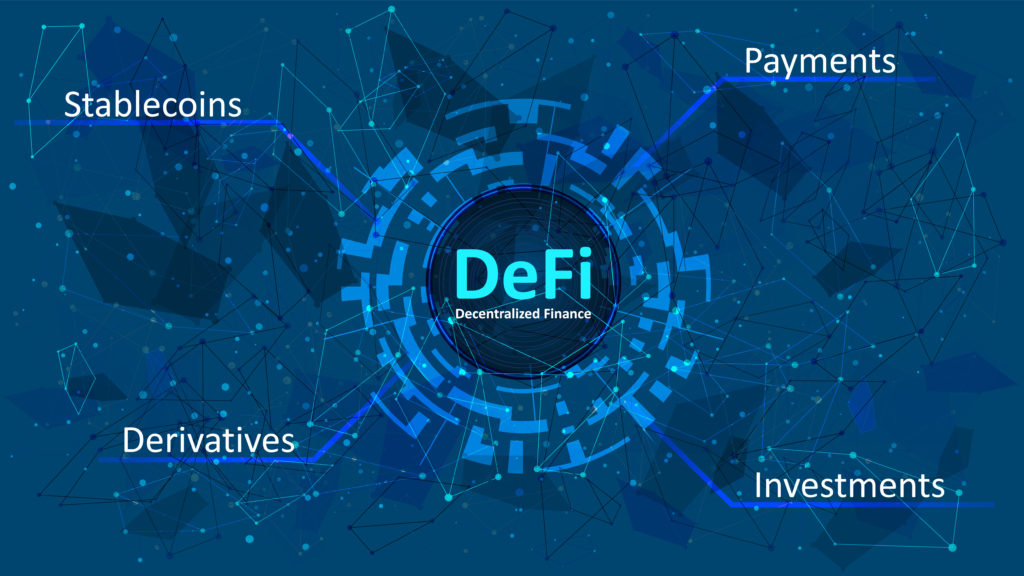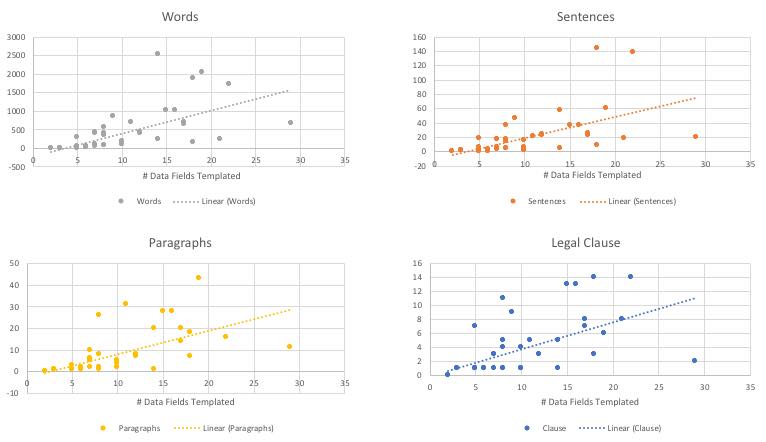What is Public Relations? The Public Relations Society of America defines it as: “Public relations is a strategic communication process that builds mutually beneficial relationships between organizations and their publics.” Public relations is the art of crafting and delivering messages that inform and persuade the public, and get people to change opinions or take action. According to Public Relations Society of America some of the disciplines/functions within PR:
- Corporate Communications
- Crisis Communications
- Executive Communications
- Internal Communications
- Investor Relations Communications
- Marketing Communications
- Integrated Marketing/Integrated Marketing Communications
- Media Relations
- Content Creation
- Events
- Social Media
- Multimedia
- Reputation Management
- Speechwriting
- Brand Journalism
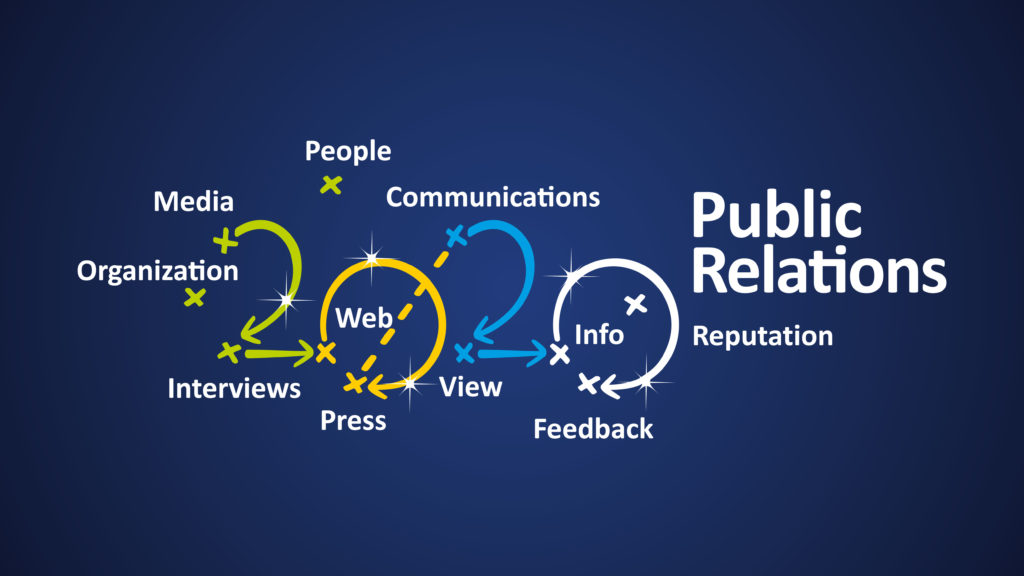
There was a time when many companies did not see the value of public relations, unless a crisis happened, which, unfortunately, is usually too late. Today, the lines are blurring between the traditional definition of public relations and other forms of marketing. With an increasing portion of commercial activities occurring online, attitudes are changing; and more executives now see PR as a way of earning–and not interrupting– people’s online attention, and with that, gain publicity for free from trusted, unpaid or earned channels. According to the American Marketing Association, “Marketing is the activity, set of institutions, and processes for creating, communicating, delivering, and exchanging offerings that have value for customers, clients, partners, and society at large.” Marketing is much broader than public relations; it involves communicating but is more comprehensive. One approach is to categorize the media assets as owned, earned or paid. Owned media is content and brand assets like images that you create and typically protect with trademarks and copyrights. Paid media is advertising where you are paying some media outlet to place or amplify your messages. Earned media is where others voluntarily share your message. Content marketing often supports PR goals; but content marketing goes beyond public relations. In a world of increasing information sharing, the line between public relations marketing versus social media marketing is often blurry. Both can provide value in positioning your brand messaging within their respective media outlets and audiences, with differences in reach, tone, immediacy and degree of customer engagement required.
Robert Cialdini coined[1] the term Social Proof to describe a social and psychological phenomenon where people copy the actions of others in a given situation. Social Credibility is the ability to connect and engage with other people and may be measured by the number of connections or followers on social media or audience sizes of other online media. Online media and digital marketing are intimately engaged and continuing to evolve. Audiences increasingly rely on online tools such as search engines to locate the information they need for purchase decisions. Establishing social credibility through reinforcement of messages from multiple sources becomes important for both search engines and the humans using them. While definitions and categorizations are helpful to understand the field, for commercial practitioners it is a matter of selecting the appropriate tools to meet the business objectives.
Business objectives for PR campaigns generally revolve around objectives such as: creating/ enhancing online presence; increasing brand credibility; increasing leads/sales/profits; or changing the way people thing about a business. These objectives could also be targeted towards particular audiences e.g. potential customers, investors/ acquirers, employees, regulators etc. For many, the process of crafting the value proposition and messaging is itself of significant value because of the clarity it can bring to the business. This is particularly relevant for early stage technology research commercialization efforts where startups may need to both pivot their strategies and validate their approaches with larger audiences as they attempt to scale. Such startups may have awesome content on their websites but struggle to bridge the chasm between early adopters in their niche and larger audiences who don’t know they exist or what value they can deliver. SEO optimization of the content does not engage broader audiences. Social influencers can provide some attention from their followers, but the fit of their audience may be difficult to match with the firm’s business objectives. Dedicated PR firms can provide value; but these may be expensive for cost conscious startups. Approaches like Macadamia Media may be a cost-effective compromise to raise exposure; and bring the traffic to the startup’s content.
[1] Cialdini, R. B. (1984). Influence: The new psychology of modern persuasion. Morrow.

